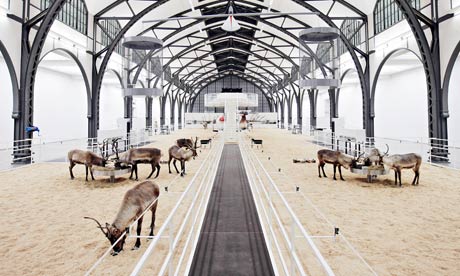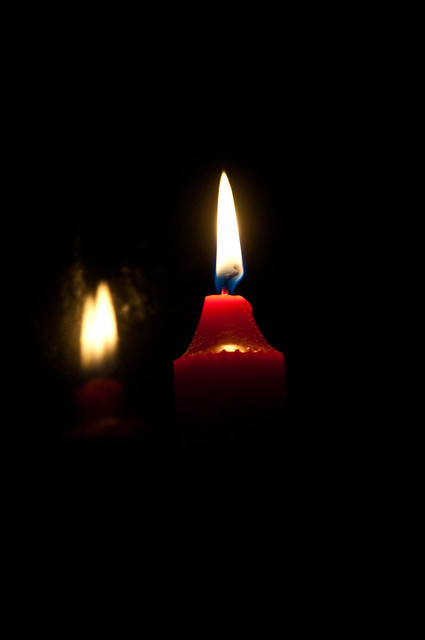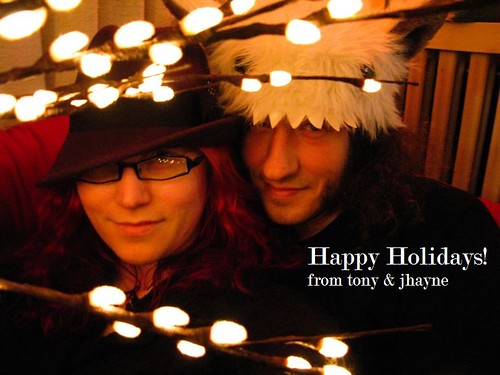A memory. A holiday dinner. A Jewish thing on the edge of the country with a family I can’t seem to like. I am here with the eldest son, my employer, a shallow, suburban creature who, when he speaks in glowing colours about his ex-girlfriend, repeats how she stayed a size zero, because she knew he likes girls small. He is certain that everyone loves him, that he can read anyone. “Just part of being a businessman,” he says. He makes me increasingly uncomfortable. The more I learn about the relationship, the more it sounds toxic and mutually abusive. She left him right before they were to be married, cheated then fled, leaving behind the only life she’d ever known. Even though I am new to this group, still tentative, and her actions seem extreme, it never occurs to me to think she made the wrong decision. I know, rather, at the edge of my own understanding, deep and dark, that I should follow her. Distance myself from these people and this place.
The younger brother works for a large American multinational. Clever, he works on their kernel team, a job for life, specialized in a way that feels nearly impossible for a human to endure. On the surface, he seems fine, but he, too, is unkind to his partner, a woman who seems to love him very deeply. I don’t know her well, but it seems she might do well to step away, much like the aforementioned ex-girlfriend. They fight often behind closed doors, voices rising. He doesn’t know how to connect, so he tries tricks from the dog training manual. Coldness, harshness, attempts at alpha supremacy.
The dinner is awkward, with coils of tension wrapped tight like springs, ready to suddenly unwind and blind someone. I learn that the brothers may have inherited their uncomfortable emotional outbursts from their parents, who humble-brag about volunteer hours spent working to “save” battered women, but then damn my mother for being one when I bring up my childhood while thanking them for their hard work. “How dare she keep children in that situation! I’m so sorry for you, she must be a horrible person.” I am shocked and say so. I am told that they will accept my apology for being a rude guest, as it must not be my fault, given that I was raised by such a contemptible mother. I do not apologize. The subject is changed.
The only person there I feel I can speak to is his grandmother, as her prejudices are expected and I know how to deflect them. She is an antique, however, and detached from her era. Her conversation meanders, jumping from year to year, as her focus wavers. I’ve never met anyone quite like her, but his grandmother still feels like she’s been standardized, traits pulled from a pamphlet about age and fading bodies. “The slightly racist old lady: Option III”. Her make-up is a billboard advertising her deteriorating motor skills, eye-liner applied as if with a crayon, lipstick approaching an event horizon, and her wig, a klaxon blaring, crooked and slightly terrifying. I wonder what she was like before, as she seems nice, as if what I was looking at wasn’t representative, but sunlight filtered through too many years.
During dessert, when an aunt and uncle started singing and I start bringing dishes into the kitchen, someone decides to tease me for being “such a good little woman”. It is made very clear that the man who brought me told his family that he was bringing his girlfriend to dinner. Shock again, but this time I stay quiet, lacking a script. There is a chance that I will be fired if I contradict this.
My own relatives don’t keep close, but nor do they pretend to. There are no public facades, flawless or otherwise, no pretense to an external whole. Perhaps I am missing out, not having a family structure, but this, I think, surely must be worse.
I want to leave so badly, be anywhere else. Shrinking into myself, I look around the table, quiet and concerned. No one else seems to think the bickering is abnormal or the shouting downstairs is out of place. They are acclimated to their fractured, strange reflections of familial bonds, unhealthy though they are, and blind to their own internal misfires. How do they manage to be so stubbornly insular in such an interconnected world? I do not ask. It does not seem the place.
Later, as I am driven home, I am admonished for upsetting his parents.




